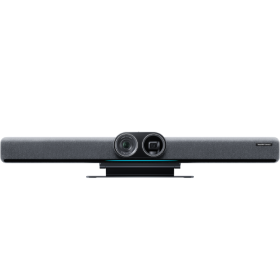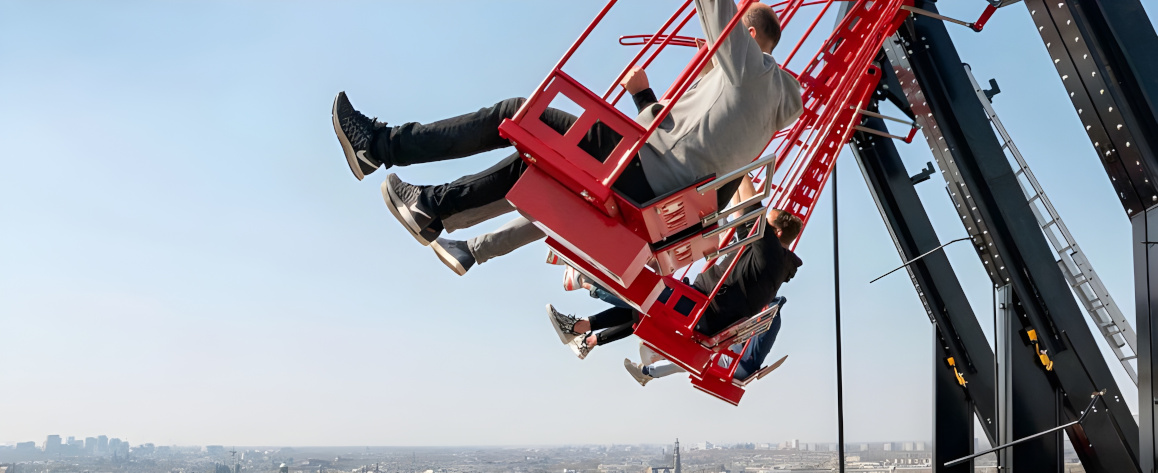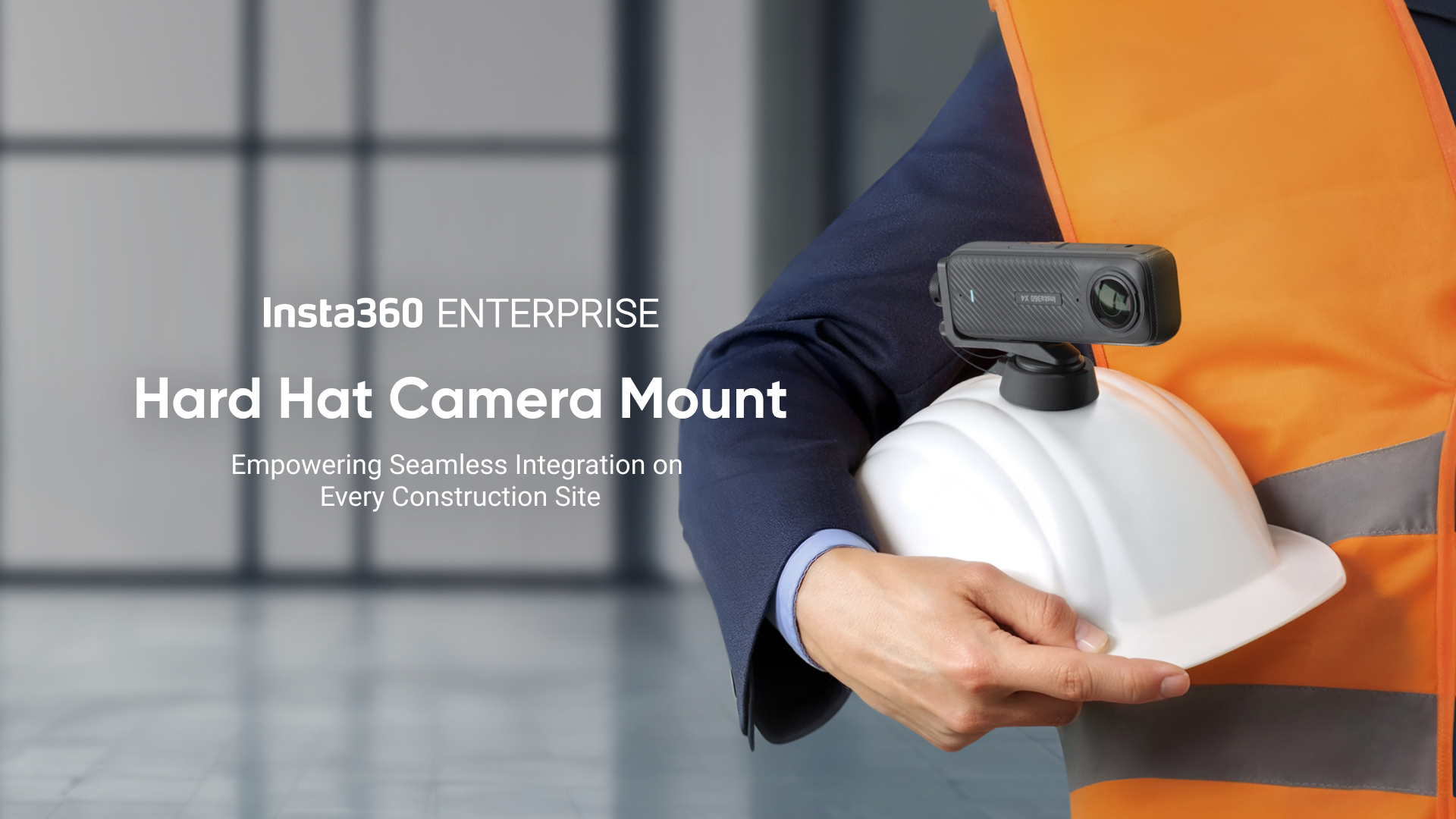The Elbphilharmonie has been called one of the most acoustically advanced concert halls in the world. Its walls were algorithmically designed to bounce sound off each crevice in a way that produces perfect acoustics.

The Hamburg concert hall, which opened in 2017, hosts regular musical events from orchestras to piano recitals. To Jürgen Klimmek of SYRINX Productions, the venue seemed like an ideal spot for a 360° audio/visual production. He enthusiastically described the opportunity to create a piece in Elbphilharmonie as "electrifying". Here's what he had to say about the project:

Could you introduce SYRINX, and why you got involved in this project?
SYRINX has been in the business of recording audio and video for many years. My colleague Marcus is a well known sound engineer and recording producer, so multi-camera recording and postproduction of live events are one of our specialities. We’ve been working with 3D video since 2010 and been researching 360° 3D video in connection with spatial audio since last year.
We heard about the planning for this concert in January. The idea of placing musicians all over the place in this fantastic new concert hall was electrifying. What could be better for a spectacular 360° video and spatial audio production? We made a 360° test recording with the Radio Big band and presented it to the managers. They were really amazed and agreed to a large recording of this special Big band event in the Elbphilharmonie.

What challenges did you face on this project?
The production conditions were expected to be difficult due to the very tight set-up and rehearsal times — rolling stuff in at 3 p.m., short sound checks and camera rehearsal at 5 p.m., concert at 8 p.m. We had two Insta360 Pro's for the recording and we had thought of using the second one to record an alternative view. But on location, we found one really good spot and then decided to use the second Insta360 Pro 2 as pure overlap and backup. So finally we stacked them on a static tripod and placed them in front of the second tenor sax player.

What was your audio setup?
The audio recording was done by the radio people with their normal big band multitrack setup, plus some radio mics for the remote musicians. So everything was close-mic'ed. On our request, they hung a Hamasaki Square in addition to their ambient mics. In the end, we received 85 tracks for mix-down. We used the audio from the Insta360 Pro 2 to sync the multitrack.
Any tips on recording top-notch ambisonic audio?
If live ATMO recording is necessary, I would always recommend using a good external Ambisonics mic, such as the Sennheiser AMBEO. If the external mic is placed on top of the Insta360 Pro 2 it will be completely invisible in the stitched video.
What was your experience with the Pro 2 like on the shoot?
The distance of the cameras is quite close to human eye distance; therefore the 3D is very natural. It's small and doesn’t disturb, even if it’s placed at the very center of a stage.

Fortunately, we could use long LAN cables for connecting the Pro 2's with two MacBook Pro's outside the stage area. All automatic functions had to be switched off — aperture and color temperature had to be adjusted manually during shooting, which worked well using the controlling software.
What did your post-production workflow look like?
First, we made a quick rough stitch using Insta360 Stitcher for overview and for audio post. Audio post was done using the Facebook 360 spatial workstation tools, to create a very complex spatial audio mix.

The final audio master was encoded as third-order ambisonics. At the same time, all six single-camera videos were processed with a good video denoiser. The final stitch was done with Mistika VR. Finally, we removed disturbing spotlight reflections by using dynamic masks.
Keen to keep up to date on Insta360 stories? Keep an eye on our blog and sign up for our mailing list. You can also contact our Enterprise team directly to see how 360 cameras can benefit your business.































